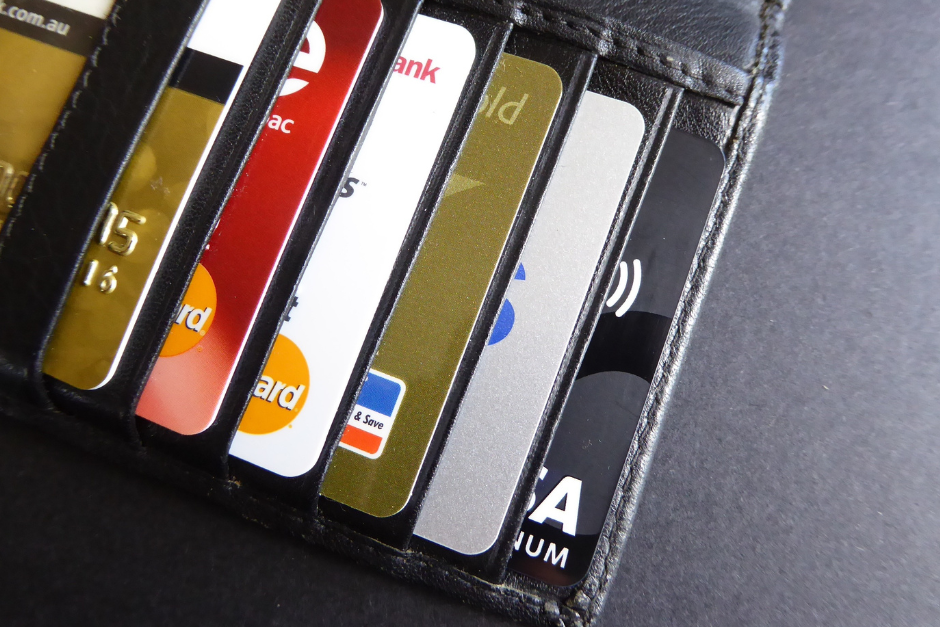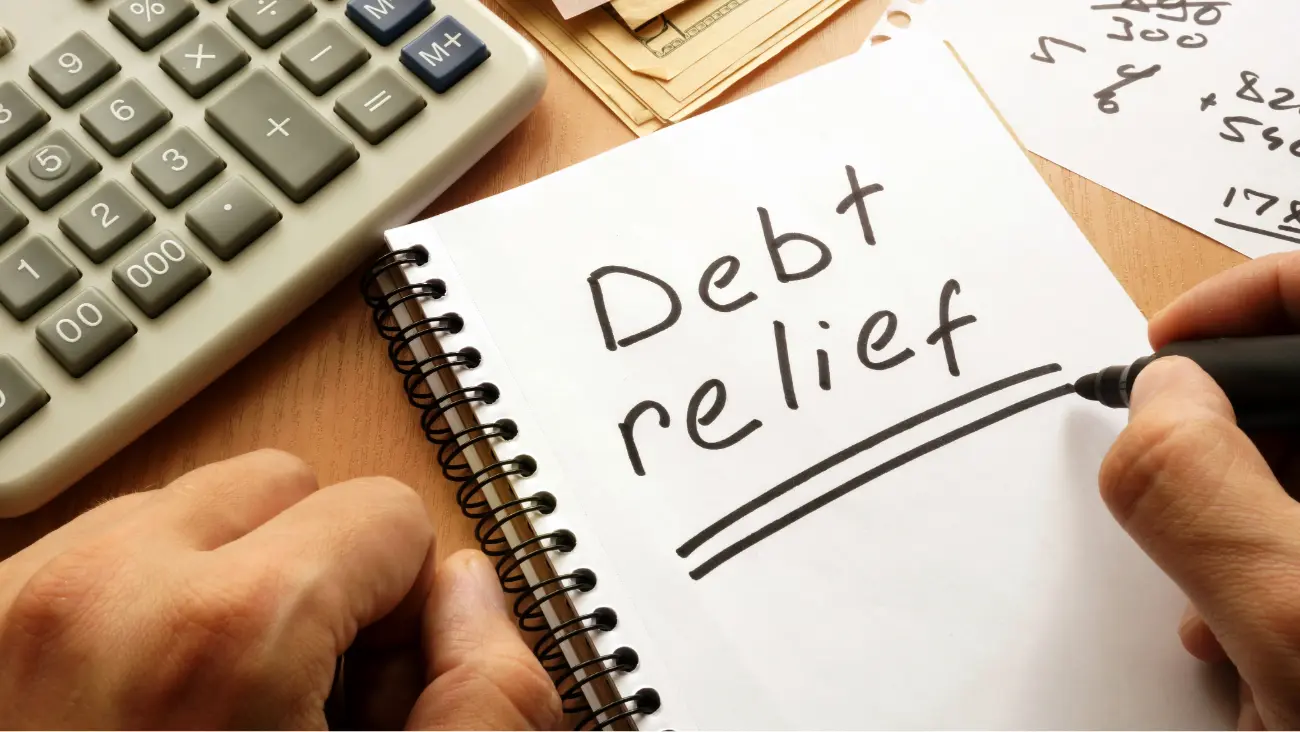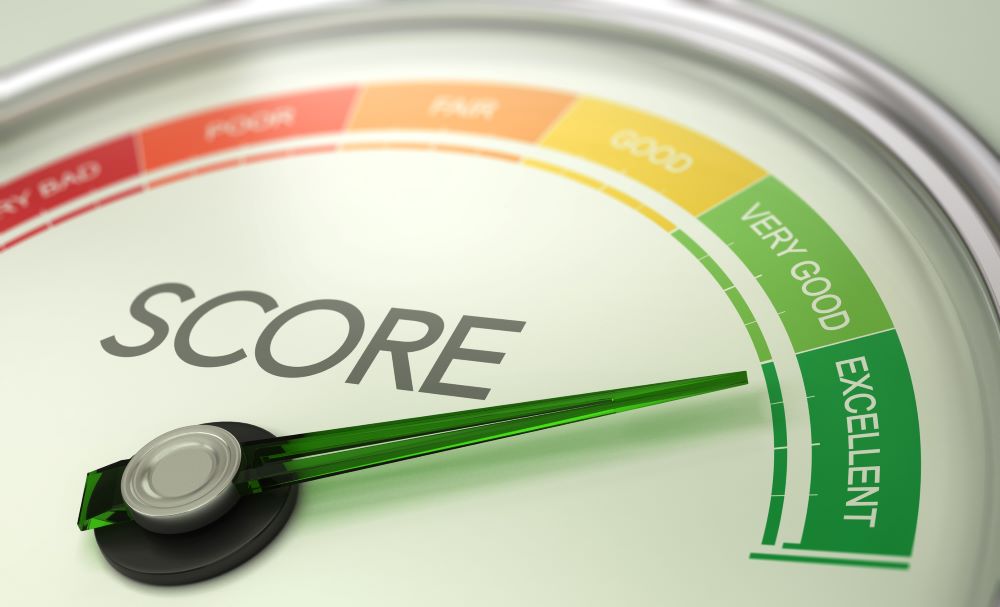Lenders don’t give money away for free. As much as that might be nice for those on the receiving end, that’s not how loans work. Borrowing money costs money. This can come in the form of the annual percentage rate (APR). APR is the measure used to know how much a particular loan can cost.
Beyond just understanding what is APR, it’s important to know how it works and what it means for your loan. Otherwise, you can end up in over your head on a loan that turned out to be more expensive than you thought. Remember, just because you qualify for a particular APR and loan product doesn’t mean it is the right choice for your situation.
Let’s dive in and learn all about this important piece of information.
How APR Works
Why do lenders charge differing amounts? Unfortunately, not all borrowers return the money they borrowed according to the schedule they agreed upon. People who make a habit of bad credit choices can earn a lower credit score rating. This signals lenders that this borrower is a riskier investment. They can then charge a higher rate to compensate.
If the borrower defaults on the loan, the lender can face lower monetary losses. This is important not only for the lender but for all borrowers. If lenders begin losing too much money, they may have to adjust by raising rates for all borrowers.
On the flip side, borrowers who have a solid track record of repaying their loans earn a higher credit score rating. Lenders reward responsible borrowers by offering them lower rates and helping them save money when they need a loan.
APR tells borrowers how much their loan can cost on a yearly basis. It includes both the interest rate and may also include any origination fees or other fees the lender may charge. Thus, it is a more accurate picture of the total cost of the loan.
How Do Lenders Determine APR?
Your lender won’t just pull an APR number out of a hat when you apply for a loan. Instead, they determine APR based on several factors including:
- The type of loan you apply for
- Your current debt
- Checking credit report and credit scores
Lenders use different metrics when calculating APR, which is why different lenders may offer you different APRs for the same amount and type of loan. This is why it is important to shop around before accepting an offer.
The lowest APRs are reserved for those with the highest credit scores. Wondering how much of a difference this really makes? Let’s look at an example.
Imagine someone with a moderately low credit score wanted a personal loan for $10,000 and was offered an APR of 11%. They’re given five years to pay it off and can pay $3,045 in interest over the life of the loan. Now say someone with an excellent credit score applied for the same loan and received an APR of 7%. All other factors being equal, they can pay only $1,880, saving $1,165. That is quite the savings!
When APR Doesn’t Matter
Sometimes, the APR of a loan product doesn’t matter. For example, if you are applying for a credit card that you intend to pay off in its entirety each month, the APR might not matter because you won’t pay interest.
However, always take a look at it because you never know what might happen in the future. If you have an emergency, you don’t want a ridiculously high APR credit card as your only option to fall back on.
Keep in mind that this is not the same for an installment loan. Even if you make your full payment each month on a loan, the APR still matters. It’s not like a credit card where you’re paying off the principal as well. The remaining principal on a loan is still accruing interest and your APR is already rolled into your payments.
What Fees Are Usually Included in APR?
Remember the APR can often include other lender fees and charges. Keep in mind when comparing APRs that lenders calculate this differently. One lender may leave some fees out of the APR, allowing them to offer attractively low APRs to unsuspecting customers. After you’ve signed on the dotted line, you find out that their too-good-to-be-true APR might be too good to be true and you’re stuck paying some upfront costs you weren’t expecting.
Loan fees tied to the specific loan like origination fees, application fees, or processing fees are usually included in the APR. Extraneous fees, such as late payment charges, are not included.
When You Can Encounter APR
You can run into APR on all types of loan products. Credit cards come with APR, though you won’t have to pay it if you maintain a zero balance. Installment loans like car loans, personal loans, student loans and more all come with APR.
The APR on mortgages can get rather complicated. Some lenders can include in their APR certain fees required for taking out the loan but not necessarily tied to the loan. This includes charges like an appraisal, attorney or document preparation fees. Other lenders won’t include these fees or might include only some of them.
Low APRs typically mean higher closing costs and high APRs may come with lower upfront costs. Make sure you read the documentation carefully or ask to have someone explain it to you.











